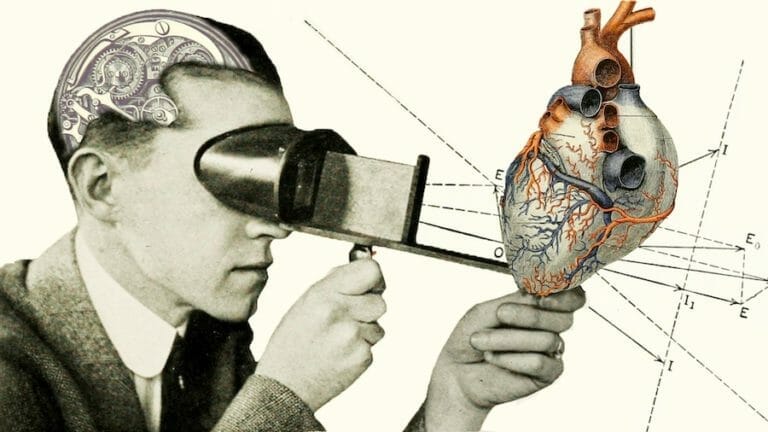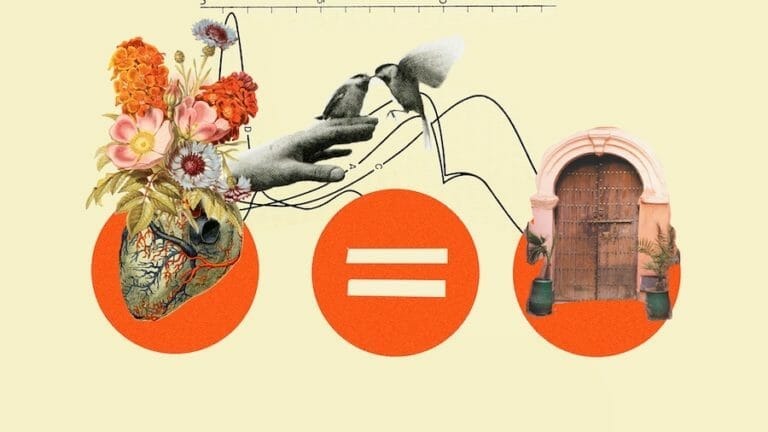The heart is one of the most important organs in our body as well as one of our strongest muscles. It is composed of four different blood-filled areas: two upper chambers called the right and left atria and two lower chambers called the right and left ventricles. Between the atria and ventricles, there are valves that make sure blood flows in a single direction through the heart and therefore can be seen as “exits.” The relevance of the heart comes from its important role in pumping blood around our body, delivering oxygen and nutrients to cells, while removing waste products as well.
Due to these exceptional functions, it is expected that diseases or conditions associated with this muscle can drastically decrease a person’s quality of life. In fact, heart conditions are among the most common types of disorders affecting people. In some countries, it is even the leading cause of death for all genders. Despite notable progress in new and improved medical treatments within the last years, morbidity and mortality associated with heart failure are still high. Between 70 to 80% of heart failure patients present a very low survival rate when compared with other diseases.
It’s time to move beyond what know about the heart
However, the existing models and strategies used to understand how cardiovascular function is failing hearts have been inconsistent, and they delay the development of more effective therapies. Moreover, after years of experimental and clinical trials attempting to replace failing hearts with fully mechanical ones, these studies have been largely abandoned due to high patient mortality by the occurrence of thromboembolic, hemorrhagic, and infectious events causing strokes and multiple organ failure.

The idea that the heart is a pressure-generating pump propelling the blood through the body is one of the fundamental principles of cardiovascular physiology for well over a century. Therefore, it is difficult to imagine that this idea can be changed. The heart, an organ weighing about three hundred grams, is supposed to pump around eight thousand liters of blood per day, during its resting stage, and much more during a more active stage, without ever showing signs of fatigue. This mechanical effort would be equivalent to lifting approximately 100 pounds one mile high.
In terms of capillary flow, the heart performs an even more prodigious task by forcing blood, with a viscosity five times greater than that of water, through millions of capillaries with diameters often smaller than the red blood cells themselves.
Uncovering the mystical nature of the heart
Taking the complex dynamic of the heart into consideration with the unsatisfactory research results to avoid heart failure, a 2017 article by Walter Alexander (“Branko Furst’s Radical Alternative. Is the Heart Moved by the Blood, Rather Than Vice Versa?”) argues against this conventional idea that the heart is the energy source for driving blood through the body. In this context the authors suggest that the blood has an autonomous movement, which is independent of the heart’s intervention, raising the question, is the heart mainly a pressure or flow-generating pump? To answer this, Alexander’s article, which takes Dr. Branko Furst’s book into consideration, details key evidence against the standard cardiac function model, while describing an alternative model and its implications for therapy.
These authors revealed several observational studies using primitive vertebrates and embryonic stages to support this idea of autonomous blood movement. In the case of the lancetfish, a primitive vertebrate that has no heart, no heartbeat, and no other central organ of circulation, its blood still moves autonomously within its vessels.

Additionally, during the embryonic stages of vertebrates, blood flow is visible before heart formation and function. In this specific case, the blood passes through the valveless tubed heart with a speed that exceeds the contractions of its walls, indicating that the blood is not propelled by the heart, but possesses its own motive force, tightly coupled to the metabolic demands of the tissues.
To further strengthen this idea the authors described compelling evidence in several mammals. One example is related to the increase in cardiac output (which describes the amount of blood that the heart pumps out each minute) in patients with septic shock (where a dramatic drop in blood pressure occurs and can lead to severe organ problems and death). In these patients, it is commonly observed a doubling or tripling of cardiac output at the same time that cardiac function is declining.
Another observed example is the lack of significant changes in blood pressure when people undergo aerobic exercises such as swimming, running, or cycling, all of which increase cardiac output several times.
Another interesting example that argues against the conventional idea of the heart as the initiator of blood movement is described in cases of cardiac arrest, where persistent blood micro-circulation (which includes the network of capillaries, venules, and arterioles that supply blood to and from every tissue and organ in the body) is observed one to two hours after cardiac arrest.

The idea of autonomous movement of blood is apparently radical and it has been debated frequently, but these authors suggest that rather than being an organ of propulsion, the heart is important as a repressor organ, having the ability to generate pressure by rhythmically impeding the flow of blood. This theory also suggests that blood movement is created and regulated locally, at the tissue level, through metabolic demand and by a dynamic communication between the oxygen supply (in the lungs) and its consumption (in the tissues and organs). The heart, therefore, functions as a resistance pump, generating pressure, but not the flow of blood.
If more experiments and studies generate data supporting this theory, this could lead to a better understanding of the circulatory and cardiac function of the human body, as well as radically changing how heart failure is treated.
The removal of the heart and the subsequent formation of low resistance and valved connection between the several arteries and veins that constitute the circulatory system could lead to the development of new and efficient therapies in heart failure conditions. This hypothesis may widen the minds of researchers and physicians, giving them a new perspective that can spark the development of new ideas for novel treatments and therapies. Even more importantly, this new information has the potential to change the way we interact with one another and the world at large.
